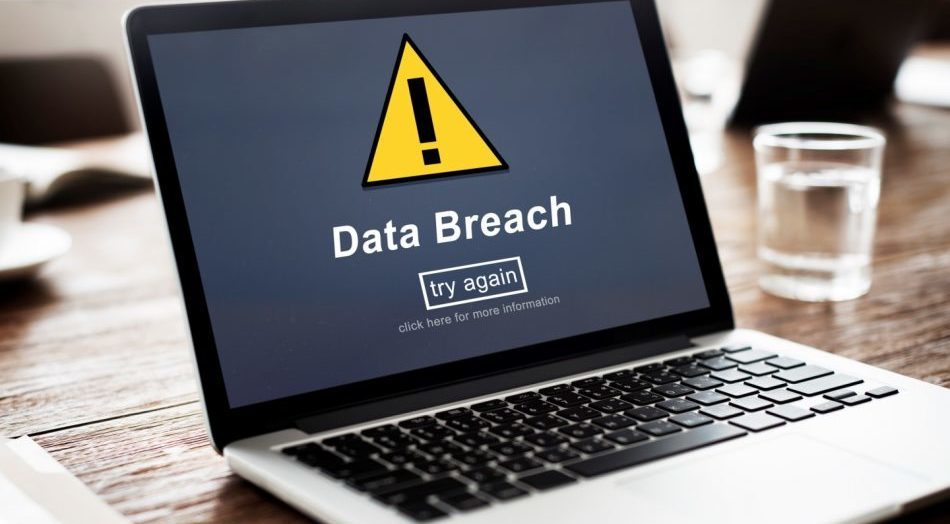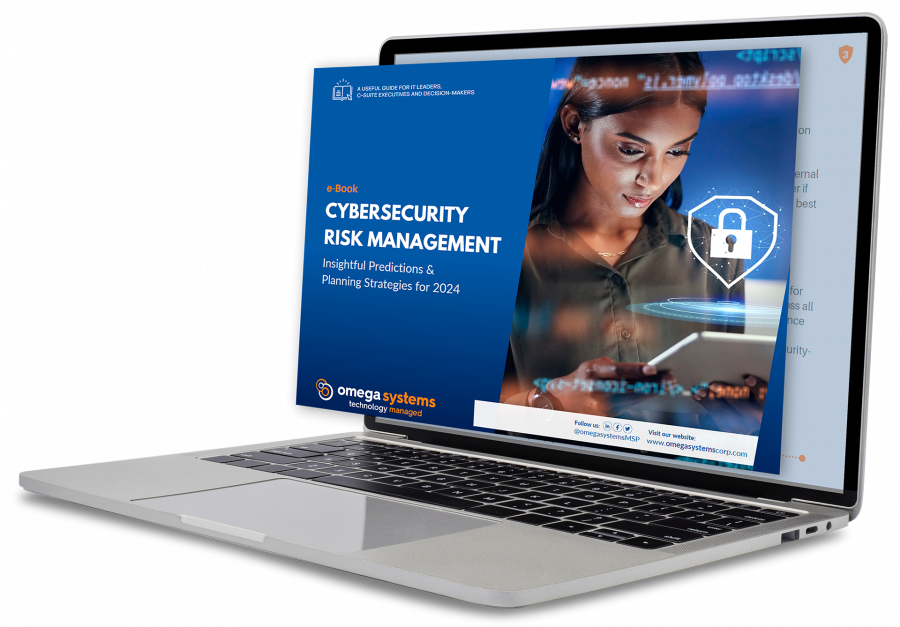
Data is the most vital asset to any organization. Despite the rise in natural and human related disasters in the last few years, Disaster Recovery (DR) and Business Continuity Planning (BCP) are still not given the attention they deserve. I equate that to its title, with the operative word being “disaster.”
What if there is another category 3 hurricane, an impending blizzard or a burst water pipe on the floor above that could destroy your hardware? How are you going to recover your company’s data and get your business up and running again?
Disasters can mean anything from a hurricane or flood to a power outage or theft. We all remember the impact of hurricanes Sandy and Irene. When a disaster or outage occurs, organizations often struggle to recover systems and applications needed to perform everyday operations, which results in a loss of information and revenue. Most people think that the odds of getting “struck by lightning” or having their business impacted by a natural disaster are slim to none and they don’t see the value in investing in a DR solution.
According to the 2012 Independent Oracle Users Group Survey, network outages and human error account for 50% and 45% of downtime, respectively. Meanwhile, natural disasters account for 10%. Based on data volume, 58% of losses are caused by human error and are not planned for. When discussing DR and BCP, businesses should focus more on their own employees and less on natural disasters.
What is the cost of downtime? That depends on the size of your organization and how fast you can recover. According to a report conducted by International Data Corporation (IDC), network downtime costs 80% of small to mid-sized businesses (SMBs) at least $20,000 per hour. For 20% of those SMBs, one hour of downtime can cost at least $100,000. Without a proper BDR (Backup and Disaster Recovery) solution, one human error can prove to be more than costly and in some cases it can close businesses.
Businesses need to focus on the “everyday disasters,” which can destroy your data faster than any fire or flood ever could. Your data could disappear at any moment. It will be so quick and so unexpected that you won’t even know what happened.
How Dare They Fire Me
In 2014, 4.8 million employees left their job; some left on their own volition and some did not. As much as businesses strive to keep their employees motivated, there will be times when people must be “let go.” Fired people are not happy people (especially “surprised” fired people). This type of anger can translate into vindictive acts that can negatively impact a business. As the employer, it is important to disable user and computer accounts, otherwise, this employee could still have access to company information. If they can access database(s) and/or company files, they can do some expensive, irreparable damage to your data.
Did I Just Do That?
Did your computer freeze and therefore, you decided to beat on the keyboard to get it to work again? A tactic that may have worked in the past, however, this time, you permanently deleted system files that enable your computer to function properly. Although human error is an unforeseeable mistake, it can still result in the loss of some vital company information. Regardless of how it happens, it is important to be able to recover this data timely so business can continue as usual.
Malware Problems
If employees do not proceed with caution when opening emails and/or clicking on links or if security settings are not configured correctly, or security software is not the most up-to-date, malware “slips through.” Once malware is on the network, hackers can break-in. Depending on their level of sophistication, they could gain access to your database, company financials, etc. and/or have the ability to encrypt data.
Remember Cryptolocker? This is a type of ransomware that encrypts files so they cannot be viewed or used unless a ransom is paid. A number of companies were hit with this form of malware and unfortunately, many ponied up the ransom. This is only one of many kinds of attacks and companies must be aware of these types of scams. You may have heard of “Phishing” and its more sophisticated versions of malware known as “Spear Phishing” and “Whaling” attacks. Click here to learn more about “Phishing” techniques and how to guard against these types of attacks.
Where Did the Power Go?
Power outages are one of the only disasters that can strike just about anywhere in the US, without warning. The most obvious impact a business faces is an inability to work which decreases productivity. When the power comes back up, it will take time to get everything up and running safely, but it does not mean that everything will “return to order.” What if you are working on a time sensitive presentation to one of your biggest clients?
The power comes but every time you try to access your presentation, it keeps giving you an error message. The more your company is prepared for a power outage, the better continuity you will see and the less damage will be done. While it may be impossible to completely avoid issues caused by blackouts, you can minimize their impact.
Yes, Cry Over Spilt Milk
If you are going to drink coffee, tea, soda or whatever keeps you going, be very careful around your computer. Liquid can corrode components of your hardware and potentially corrupt company information. If you can’t recover the files, you’re equating a $2 cup of coffee to the value of your data.
Prevent Data Loss and Recover
Work with your Managed Services IT Provider to put a plan in place or contact us and we will help you get started. The most important thing an SMB can do is make multiple backups and keeping those backups offsite. With that said, I give you two points of caution:
- Tape drives have a failure rate of 77% whether they are from the devices themselves, bad tapes or the server which is hosting the tape drive. If that tape drive is hosted by a server, you won’t even know that your tape drive will fail until AFTER you get your server up and running (however long that takes!)
- Syncing data (i.e., Dropbox) is not the same as backing it up (it is a complement not a substitute)
So, I highly caution you when thinking that either of these options are safe, more “cost effective” solutions.
Technology has evolved exponentially allowing SMBs to access enterprise-level solutions. An effective BDR solution should have the following:
- Cloud Storage for your data to keep it safe and out of the office. In addition, it protects your information against in-office malware attacks and security breaches
- A fully automated backup process
- Backup that is monitored around the clock enabling quick access to data
- Replication of data at another location (ideally between 2 data centers on opposite coasts)
- Data restoration in hours, minutes or even seconds
Taking action now will dramatically improve your company’s chances of “keeping business as usual” even if a significant occurrence takes place. The key to preventing data loss is stopping it before it happens. If you are not sure if you have a strong plan in place to prevent data loss, contact us today. We work collaboratively with our clients develop an effective Disaster Recovery and Business Continuity Plan which will incorporate a strategy and solution.
Categories: Managed Service Provider, MSP Blogs




